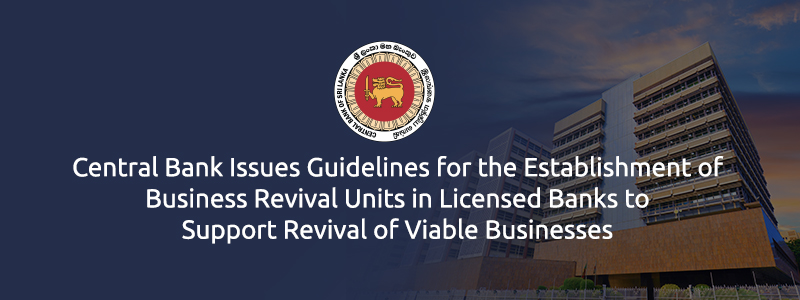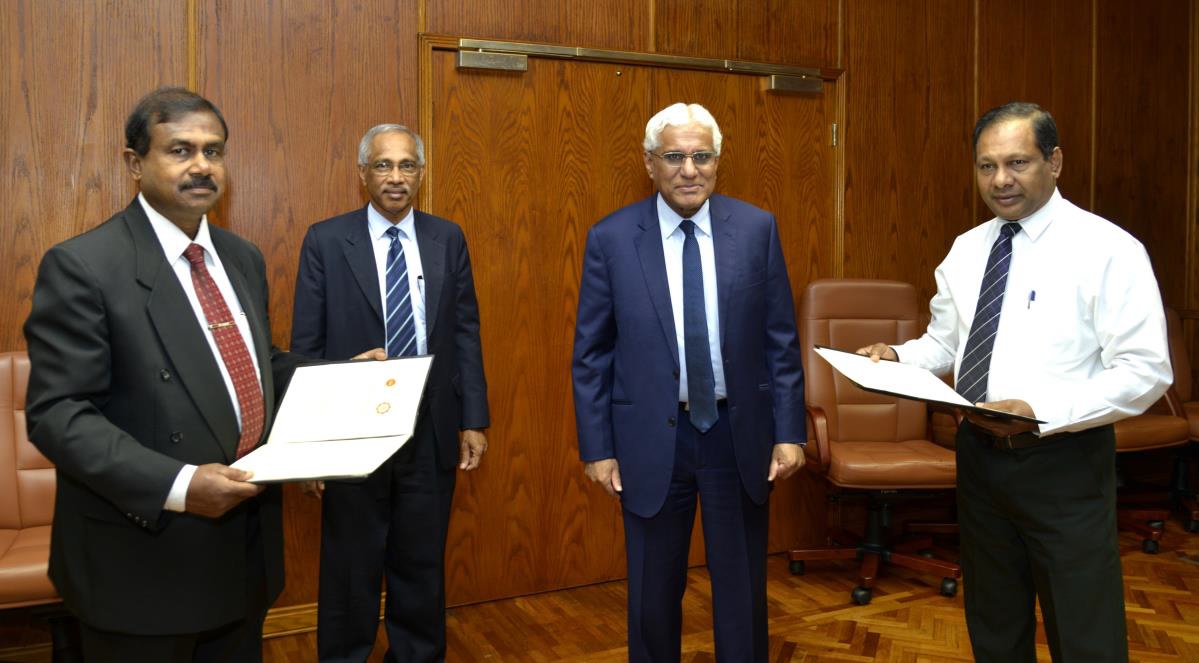The Monetary Board of the Central Bank, at its meeting held on 13 November 2018, decided to reduce the Statutory Reserve Ratio (SRR) applicable on all rupee deposit liabilities of commercial banks by 1.50 percentage points to 6.00 per cent. In order to neutralise the impact of this reduction and maintain its neutral monetary policy stance, the Monetary Board decided to increase the Standing Deposit Facility Rate (SDFR) of the Central Bank by 75 basis points to 8.00 per cent and the Standing Lending Facility Rate (SLFR) of the Central Bank by 50 basis points to 9.00 per cent.
The Board arrived at this decision following a careful analysis of current and expected developments in the domestic and global economy and the domestic financial market, with the broad aim of stabilising inflation at mid single digit levels in the medium term to enable the economy to reach its potential.

















 In terms of the provisions of the Financial Transactions Reporting Act, No. 6 of 2006 (FTRA), the Financial Intelligence Unit (FIU) of Sri Lanka entered into a Memorandum of Understanding (MOU) with the Department of Motor Traffic (DMT) on November 01, 2018 at the Central Bank of Sri Lanka to receive intelligence information related to investigations and prosecutions of money laundering, terrorist financing and other related crimes.
In terms of the provisions of the Financial Transactions Reporting Act, No. 6 of 2006 (FTRA), the Financial Intelligence Unit (FIU) of Sri Lanka entered into a Memorandum of Understanding (MOU) with the Department of Motor Traffic (DMT) on November 01, 2018 at the Central Bank of Sri Lanka to receive intelligence information related to investigations and prosecutions of money laundering, terrorist financing and other related crimes.
